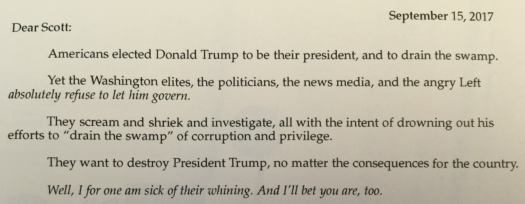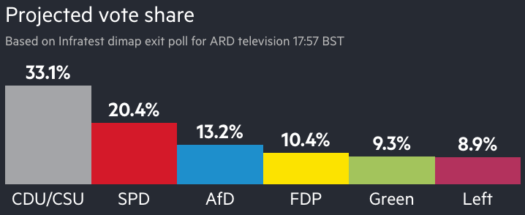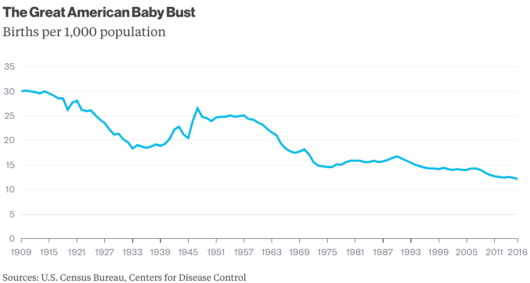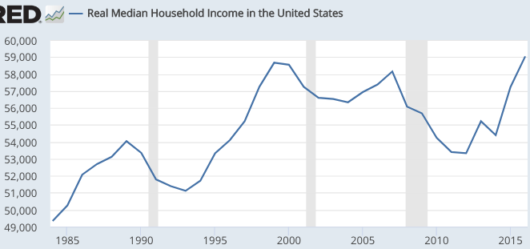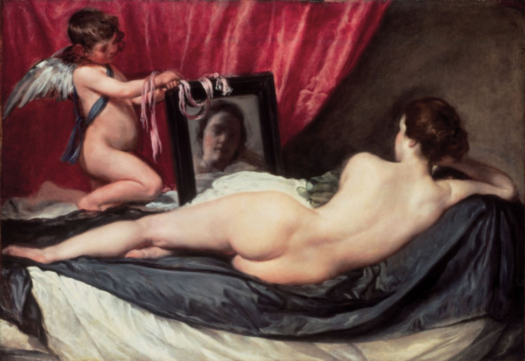Ideologies follow the tribe
Here we have conservatives defending a guy who molests teens:
A group of 53 Alabama pastors signed onto a letter pledging their support for alleged child molester and Senate candidate Roy Moore.
Update: The Newsweek story may be fake news, as elsewhere it’s reported the letter was from months ago.
And here we have a conservative at the National Review who is uneasy with left wing attempts to censor art:
HBO is at this moment streaming Hacksaw Ridge, a film by Mel Gibson, who in 2011 pleaded no contest to a charge of battery against an ex-girlfriend who had alleged that he had assaulted her so viciously that she was left with a black eye and two broken teeth. HBO has no policy, as far as I know, against distributing movies starring Christian Slater, who once served 59 days in jail after pleading no contest to assaulting a girlfriend. The films of Harvey Weinstein, Kevin Spacey, and Roman Polanski remain ubiquitous. Hollywood history is rife with personalities who have done much worse things than C.K. and whose films have not been subsequently suppressed.
So what’s going on? Weren’t conservative pastors supposed to be the sort of people who condemn this type of behavior? And isn’t it people on the left who used to strongly defend artists from censorship? (Corporate or government)
Here’s one possibility. Conservatism is moving away from religion and toward the cult of the strong. Conservatives take increasingly pleasure in mocking the left as a bunch of sensitive snowflakes. Sexual harassment is seen as a “feminist” issue. Conservatives are increasing drawn to “alpha male” leaders, even if they have a history of abusing women. When I was younger, that sort of man (Kennedy, Clinton, etc.) was usually thought more likely to be a Democrat. Republicans were seen as nerdy types. Now a major GOP presidential candidate brags about the size of his . . . er . . . “hands” during a debate, and a Senate GOP candidate brandishes guns at campaign rallies. A House candidates assaults a reporter, and is still elected.
On the left it’s a different set of issues. The left once liked intellectual types who were unconventional, and didn’t want to live according to boring suburban morality. Now people like Woody Allen and Louis CK are reframed as powerful white men who take advantage of less powerful women. It’s a point I make repeatedly—there are no fixed definitions of left and right; ideologies evolve over time, and will continue do so in the future. Who knows, maybe liberals will once again embrace eugenics.
You might say that the 53 pastors are not representative of conservatism, and the liberals who want to ban films are not representative of the left. Maybe so. But I recall just a few years ago hearing about a fuss over Halloween costumes at Yale, and thinking it one of the most bizarre stories I had ever read. Now (just a few years later) hysteria about “cultural appropriation” is widespread on the left, and indeed is being taught in public schools all across the country.
Never assume that just because something seems outlandish it won’t eventually become conventional wisdom. And history shows that it’s the outlandish ideas on the left that are most likely to persist. The right generally loses these cultural battles, at least in the long run. Which ought to cause some soul searching on the right.




